Blues, trauma and mourning: how artists have confronted racial injustice
A landmark exhibition at The New Museum in New York, ‘Grief and Grievance: Art and Mourning in America', explores the Black American experience, from the 1960s to the present day. We talk to the museum’s artistic director Massimiliano Gioni, who pays tribute to the aims of curator Okwui Enwezor (1963-2019) and tells us about realising the show after his passing
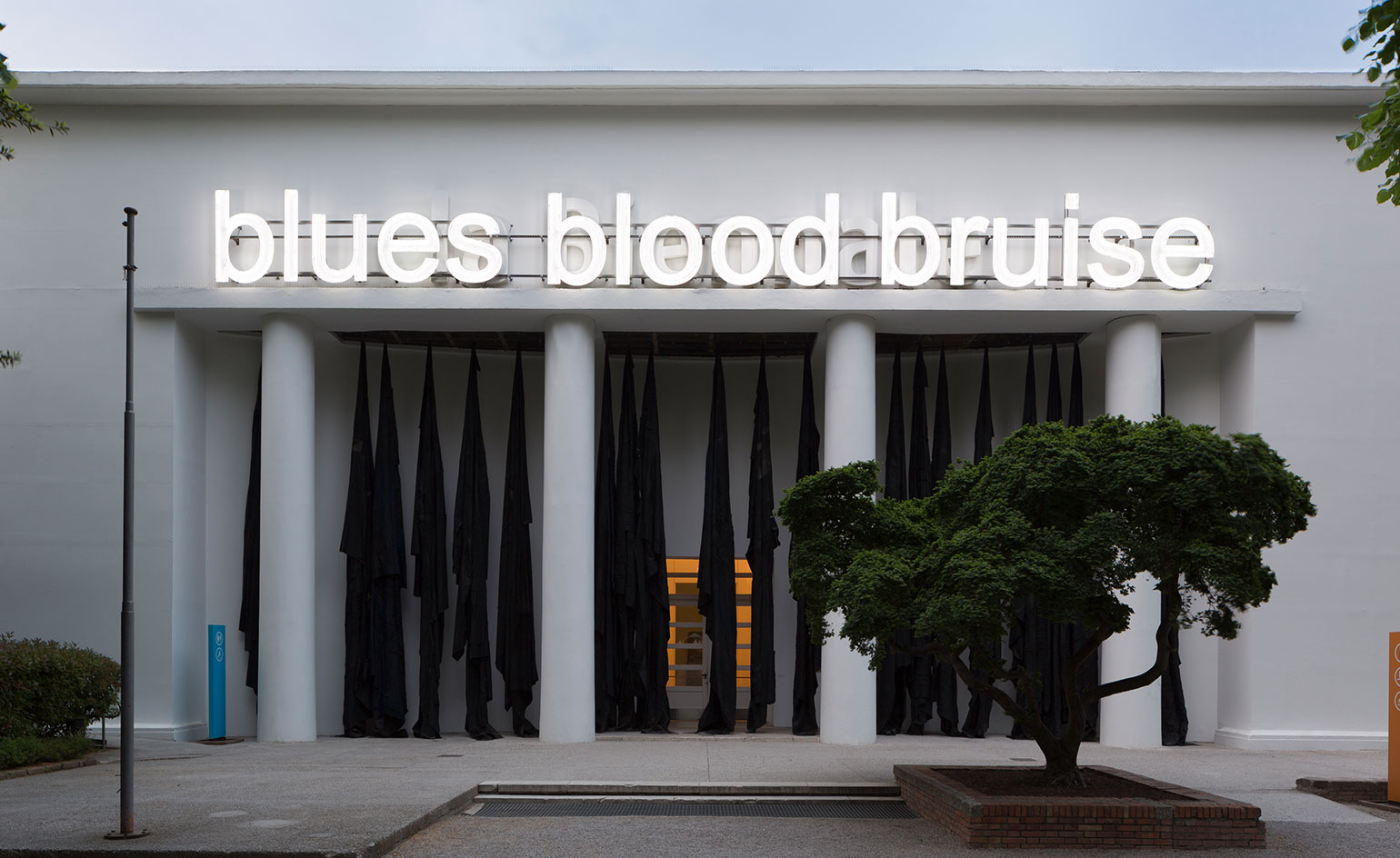
Blue. Blood. Bruise. The three words that comprise Glenn Ligon’s neon sculpture, A Small Band (2015), are currently emblazoned on the Bowery façade of New York’s New Museum. Positioned at the threshold to a new exhibition entitled ‘Grief and Grievance: Art and Mourning in America’, they serve as a reminder of how far we haven’t come in addressing America’s racial injustice.
The words in Ligon’s sculpture were originally uttered by Daniel Hamm, a young Black teenager arrested in Harlem in 1964 with his friend Wallace Baker, for a crime they did not commit. The young men, both 18 at the time, were beaten by police with such force, they were taken to hospital for X-rays. The officers refused treatment to the men, as they were not visibly bleeding. In response, Hamm reached to show them a bruise on his leg. ‘I had to open the bruise up, and let some of the bruise blood come out to show them,’ he said.

Installation image of Glenn Ligon's sculpture A Small Band, 2015, at the New Museum in New York as part of the exhibition ‘Grief and Grievance: Art and Mourning in America’, 2021.
This bruise blood is at the beating heart of ‘Grief and Grievance’, an exhibition which explores trauma and mourning in the African American experience and its intersection with white nationalist violence. Bringing together works from 37 artists, including Mark Bradford, Lorna Simpson, Rashid Johnson, Deana Lawson, Jean-Michel Basquiat, Theaster Gates, Kara Walker and Kerry James Marshall, the exhibition explores how artists have grappled with the experiences of mourning, remembrance and political action in works from the 1960s to the present day.
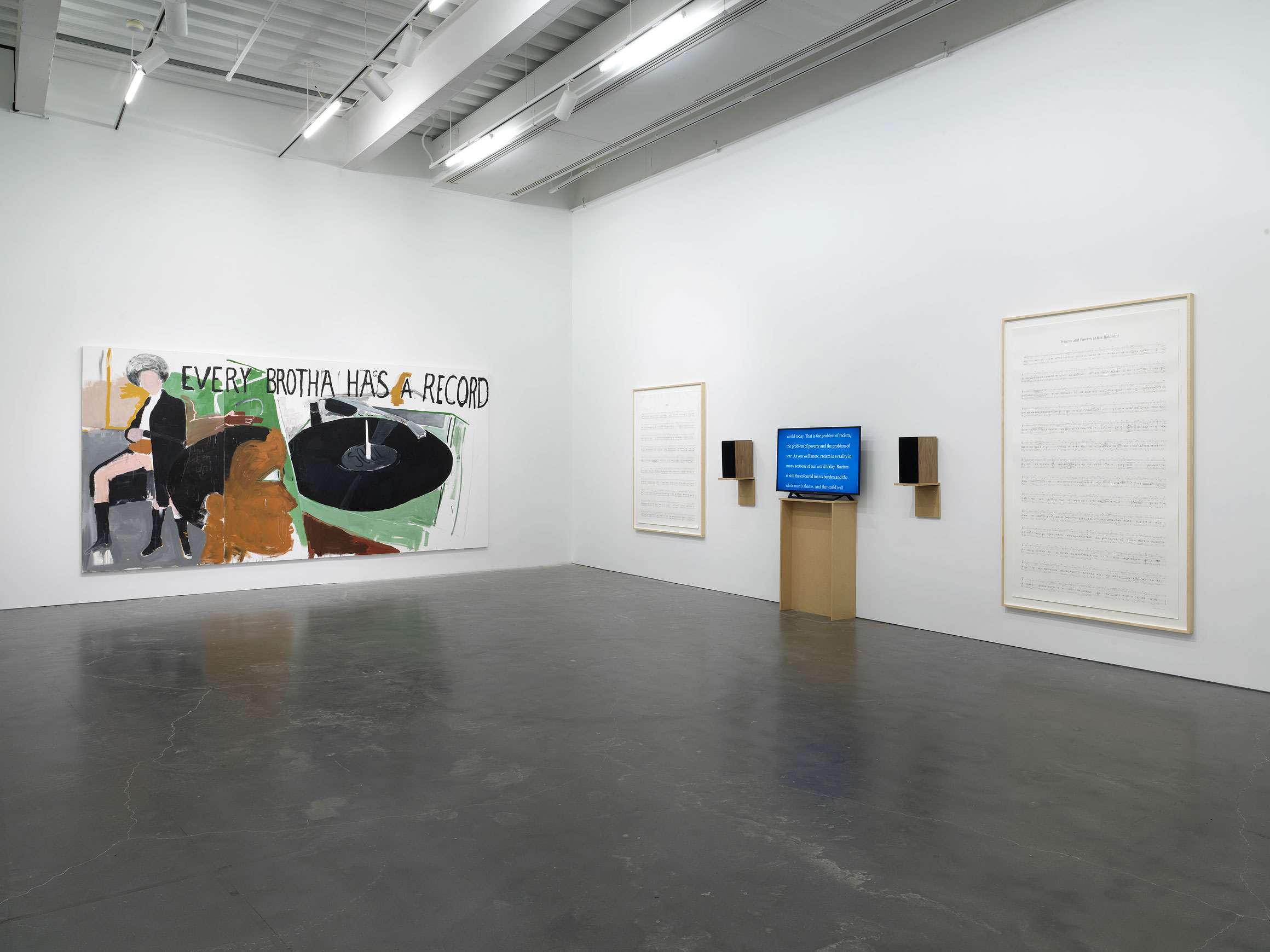
‘Grief and Grievance: Art and Mourning in America’, 2021. Exhibition view: New Museum, New York.
Originally conceived in 2018 by Okwui Enwezor, the exhibition also serves as a tribute to the vision and work of this esteemed curator, who sadly passed away from cancer in March 2019. At the time, Enwezor wanted the exhibition opening to coincide with the American presidential election of 2020. He could not have anticipated the urgency and poignancy of the context within which it is now displayed.
In Enwezor’s memory, the New Museum’s artistic director Massimiliano Gioni worked on bringing the exhibition to life alongside Naomi Beckwith, deputy director and chief curator at the Guggenheim Museum, and artists Glenn Ligon and Mark Nash.
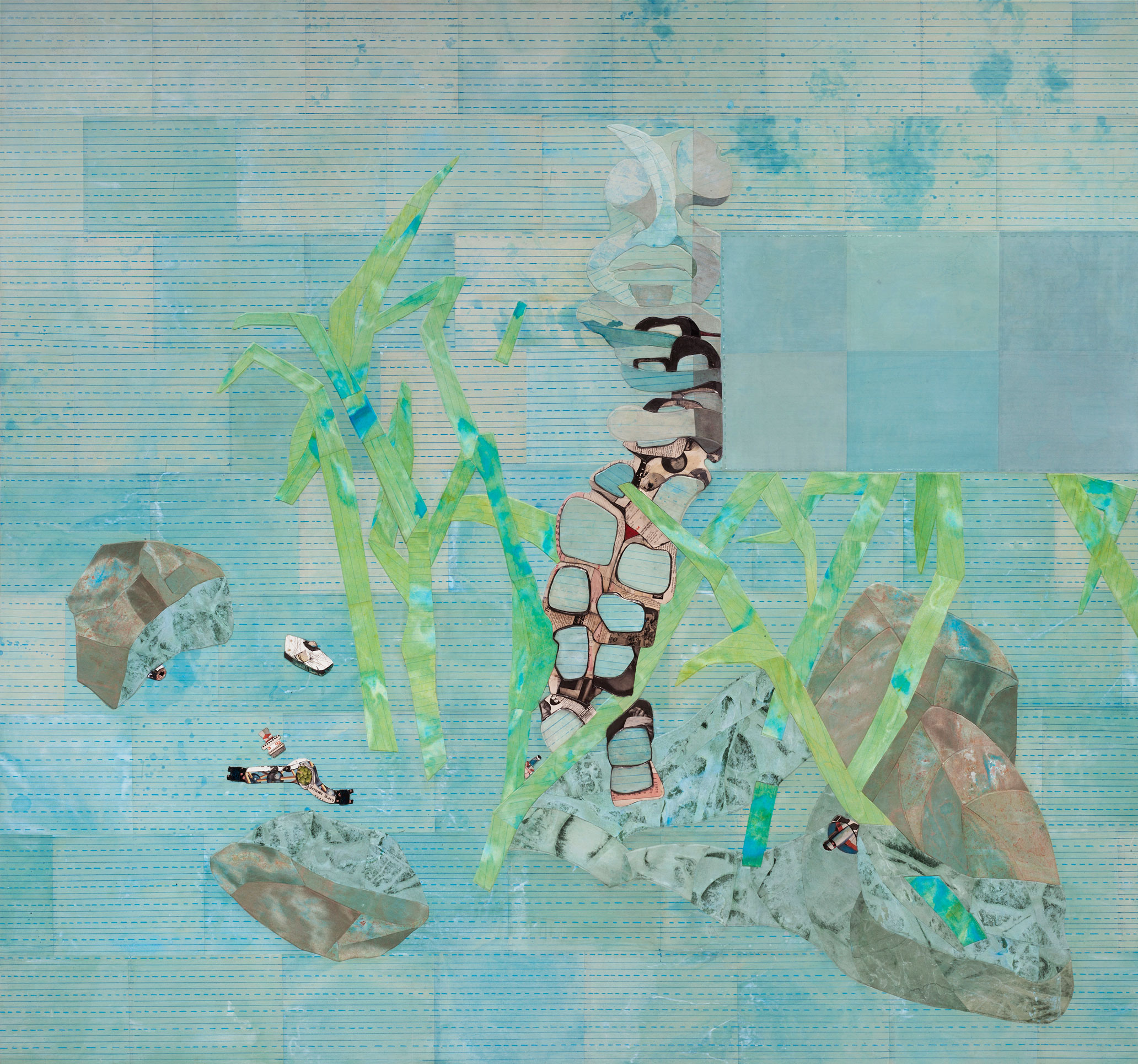
Ellen Gallagher, Dew Breaker, 2015. Pigment, ink, oil, graphite and paper on canvas, 74 1/8 x 79 7/8 in (188.2 x 202.9 cm). Private collection.
Here, we speak with Gioni about Enwezor’s lasting legacy and the complex narrative and perspectives on grief offered by the artworks in the show.
Wallpaper*: What was your experience of working on the curation of the exhibition with Okwui Enwezor?
Massimiliano Gioni: In 2018 Okwui Enwezor was contributing to two catalogues for two solo exhibitions at the New Museum: with John Akomfrah and Nari Ward, artists he had known and worked with since the 1990s. So we were speaking more frequently, and that's when he told me about this cycle of lectures he was preparing for Harvard, titled ‘Grief and Grievance: Art and Mourning in America’.
Receive our daily digest of inspiration, escapism and design stories from around the world direct to your inbox.
The ideas he was working around were so compelling and so relevant for art and culture at large in America in 2018, that I asked if he'd consider developing them into an exhibition, an invitation he took on with the enthusiasm and the energy that always distinguished him. From the fall of 2018 until March 2019, he worked on the show.
First of all, he insisted that his show open in the fall of 2020, just before the US presidential election. He saw this show as a political and personal project and one with which he would confront the racist and white nationalist policies of Trump.

Deanna Lawson, Jouvert, Flatbush, Brooklyn, 2013. Pigment print, 40 x 49 ¾ in (101.6 x 126.4 cm).
He was already in hospital for part of the preparation of the show, though he always kept working and making plans and discussing ideas. In January 2019, he told me he wanted to invite Glenn Ligon to be an advisor on the exhibition. And after Okwui's passing in March that year, I learnt he had also started speaking with many artists.
All this to say that as long as Okwui was alive, my role was really just that of a facilitator, and I was just trying to help him: the exhibition is really very much his own, even if we had to complete it after his passing with Glenn, Naomi, and Mark serving as advisors. The most instructive experience of being in dialogue with Okwui around this show was just seeing him so dedicated to this project, until the very end. He kept texting and writing and calling on the phone and making plans: that was really incredibly remarkable and generous of him.
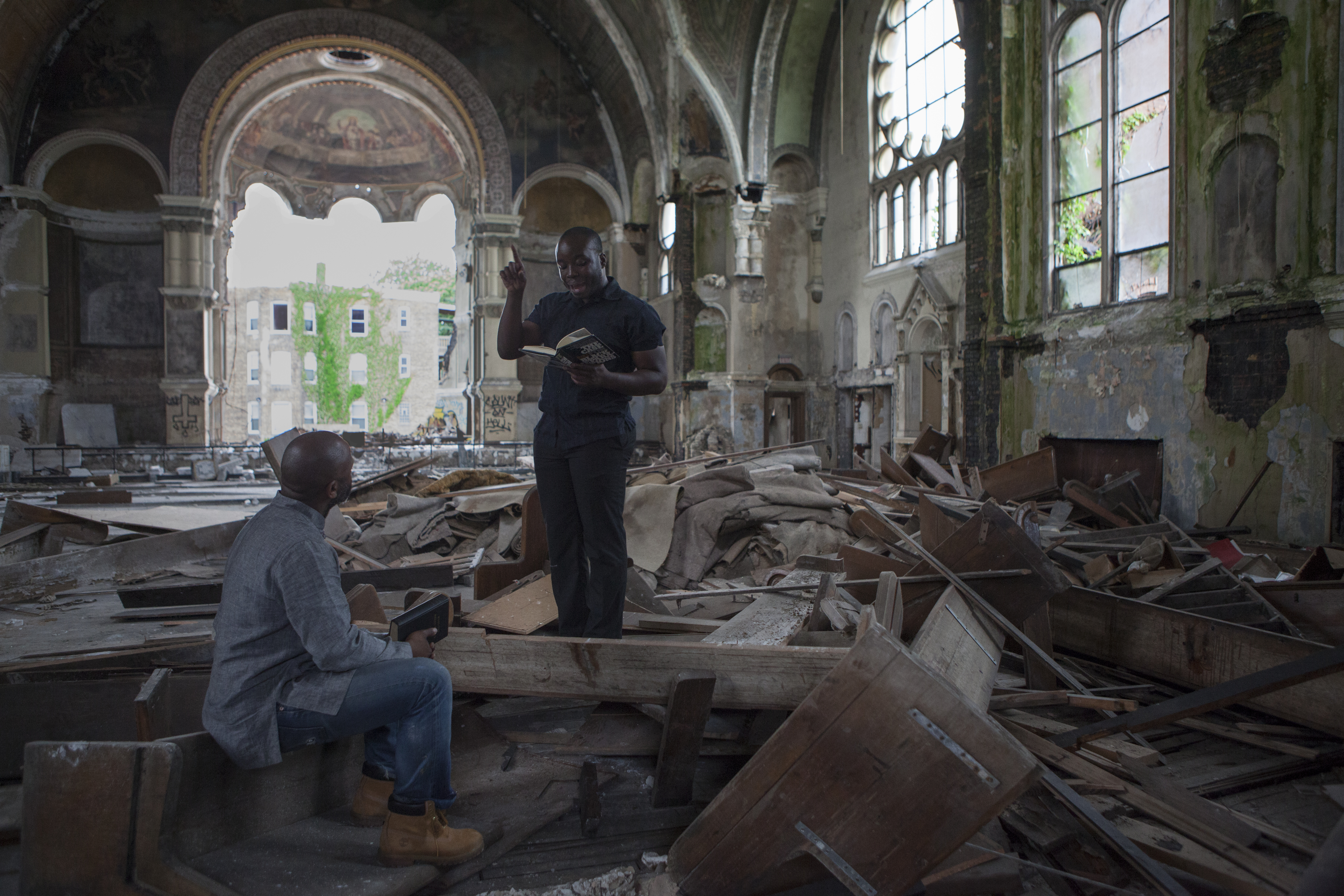
Theaster Gates, Gone Are the Days of Shelter and Martyr, 2014. Video, sound, colour; 6:31 minutes. © Theaster Gates. Courtesy White Cube and Regen Projects, Los Angeles
W*: How did his dedication to bringing this project to life impact the team in going forward with the exhibition?
MG: After Okwui's passing, everybody I spoke with agreed that the exhibition was very dear to him and that we needed to see it through. He had left us with plenty of materials, notes, and decisions that would allow us to complete it in a manner faithful to his original vision (of course, he would have probably made it different and probably better).
With Glenn, we discussed inviting a small team of advisors that would follow Okwui's decisions very carefully and respect his approach to exhibition making, while occasionally interpreting his ideas within the framework of his curatorial method. Mark had known and collaborated with him since the 1990s and had been a co-curator on Okwui's ‘The Short Century’ and ‘Documenta 11’, so he knew his work very intimately. Naomi, on the other hand, is a younger curator, but Okwui had chosen her to be in the jury for his Venice Biennale. So Glenn, Naomi, Mark and I had different perspectives on Okwui's work, from across different decades and different approaches.
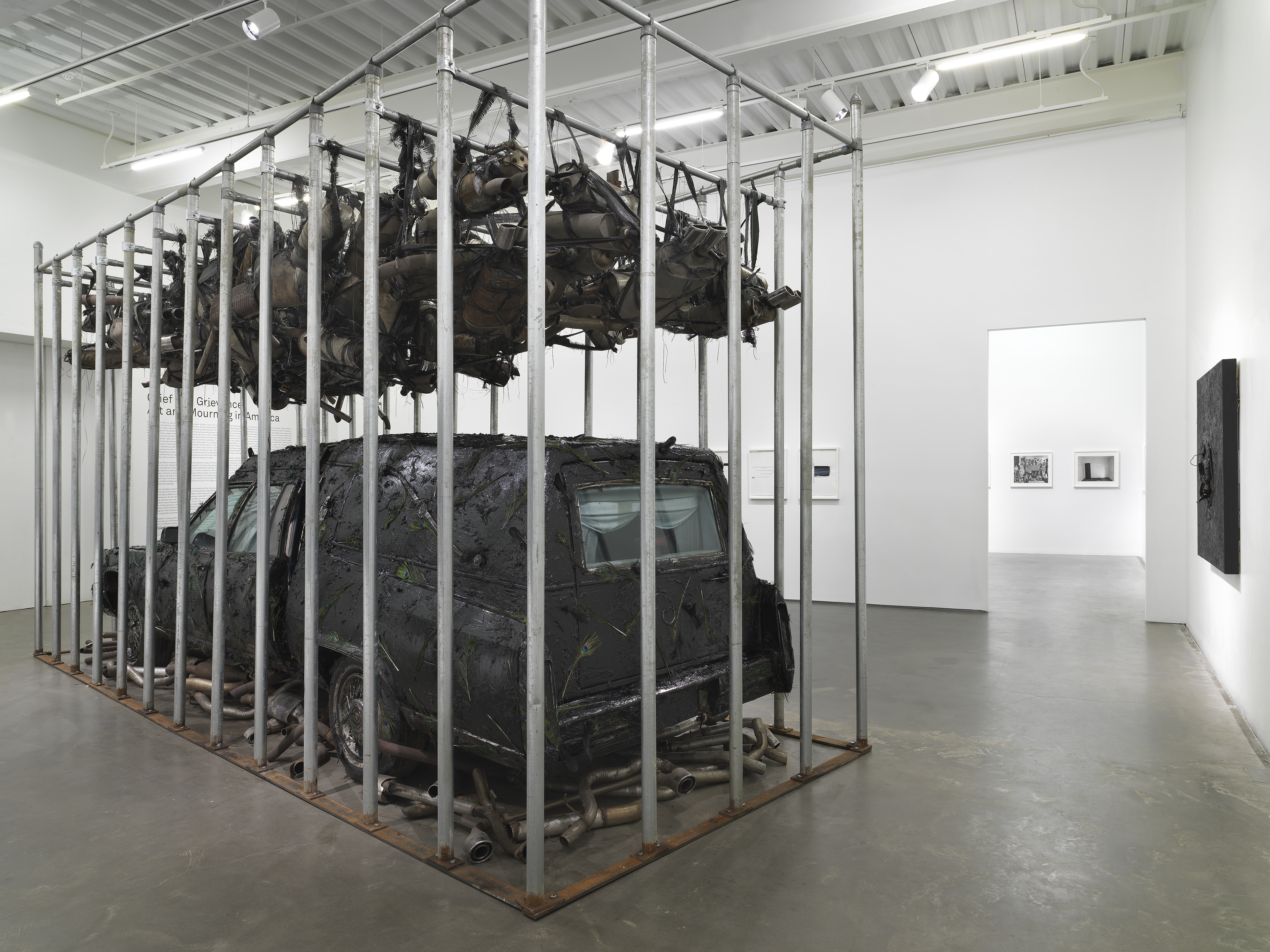
Installation view of Nari Ward, Peace Keeper, 1995. Hearse, grease, mufflers, and feathers, 144 x 116 x 264 in (365.8 x 294.6 x 670.6 cm). Courtesy the artist, Lehmann Maupin, New York, Hong Kong, and Seoul, and Galleria Continua, San Gimignano, Beijing, Les Moulins, and Havana.
W*: Enwezor conceived of the exhibition during a time of heightened racial tension in America, which has escalated since he passed away, with the killing of George Floyd, the subsequent protests in the US and around the world – and the recent events in Washington, DC. Do the works take on a new significance now?
MG: We had finished the exhibition catalogue and pretty much the selection of all the works by 1 May 2020 (the show was meant to open in October 2020). George Floyd was killed on 25 May. As the protests and the demonstrations started building up, we discussed whether we needed to change anything in the catalogue (which had already gone to print) or to the exhibition. But the consensus among the advisors was that the premises of the show still stood, and they demonstrated that the issues confronted by the works in the show had been endemic to American culture for decades. What had changed was perhaps their visibility for some members of the public.
It is interesting to now go through the show and realise that the absence of direct references to the events of last summer doesn't really take away from it. It possibly gives the show even a stronger resonance, not only because it is a clear indictment of a situation that had been very pervasive for decades (and that has not been resolved yet, obviously), but because it transcends the immediacy of the news to work in greater depth.
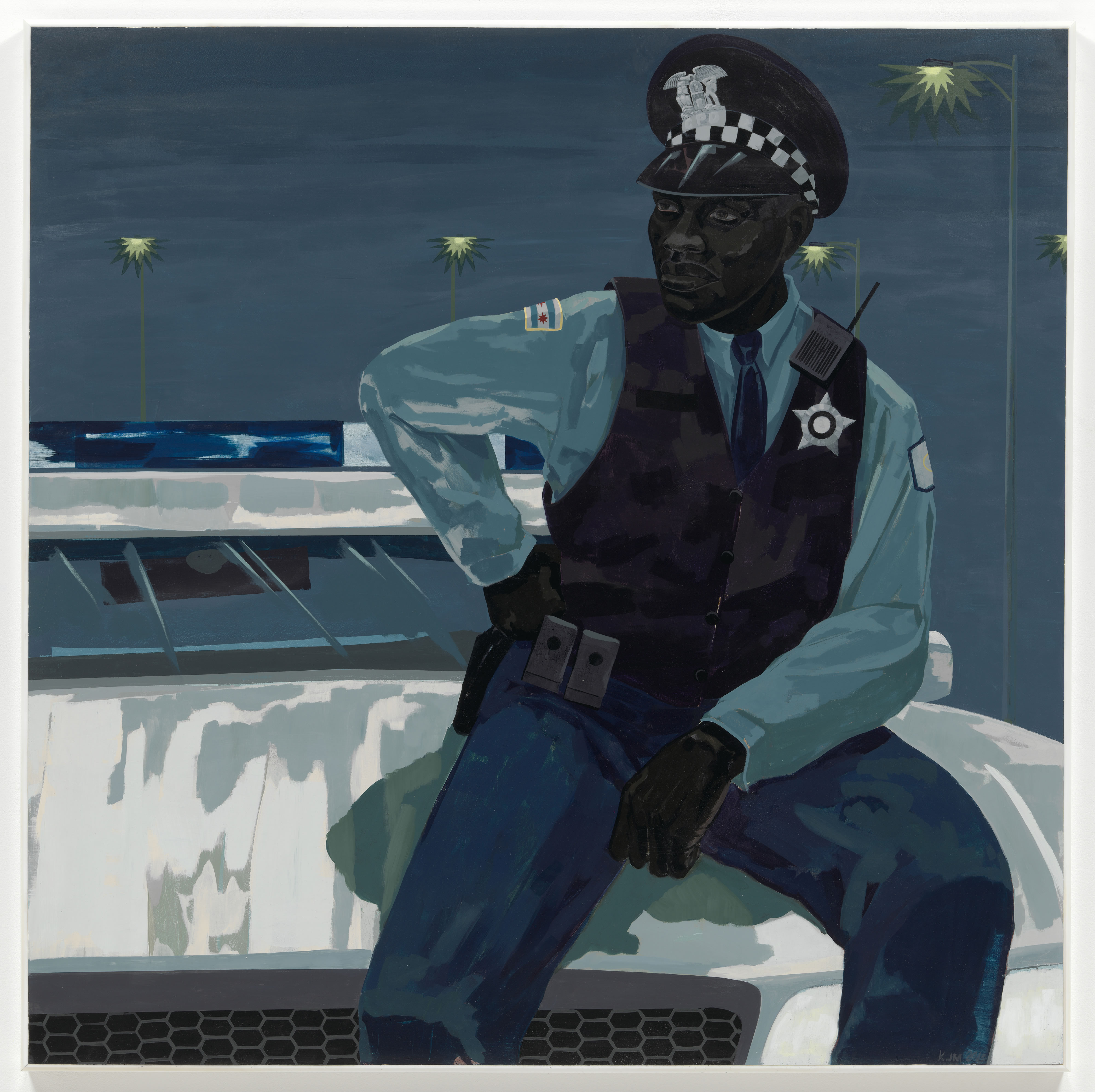
Kerry James Marshall, Untitled (policeman), 2015. Acrylic on PVC panel with Plexiglas frame, 60 x 60 in (152.4 x 152.4 cm). Museum of Modern Art, Gift of Mimi Haas in honour of Marie-Josée Kravis. © Kerry James Marshall. Courtesy the artist and Jack Shainman Gallery, New York
W*: What can we learn from the exhibition about the ways in which artists have confronted grief from the 1960s onwards – are there notable shifts in their modes of expression?
MG: I think one of the crucial questions Okwui was addressing through the work in the show was how to ‘represent’, confront and perhaps even survive trauma and pain and grief, and particularly how to do so in relation to images of violence, without falling into the trap of exploitation, even pornography, without spectacularising violence. And I think the work of many artists – starting from Jack Whitten and Daniel LaRue Johnson in the 1960s, and all the way to Mark Bradford, Ellen Gallagher, Jennie Jones, Rashid Johnson, Julie Mehretu, including even musicians like Tyshawn Sorey – suggests a tension between abstraction and figuration, between sublimation and the documentary or the reportage. That is perhaps best made apparent in Whitten's small work Birmingham, 1964, in which an image of violence (the photo of a Civil Rights protester in Birmingham in 1963 as he gets attacked by police dogs) is covered with an abstract texture made with a nylon gauze and aluminum and paint: the image is a wound that is cured and mended with layers of abstraction.
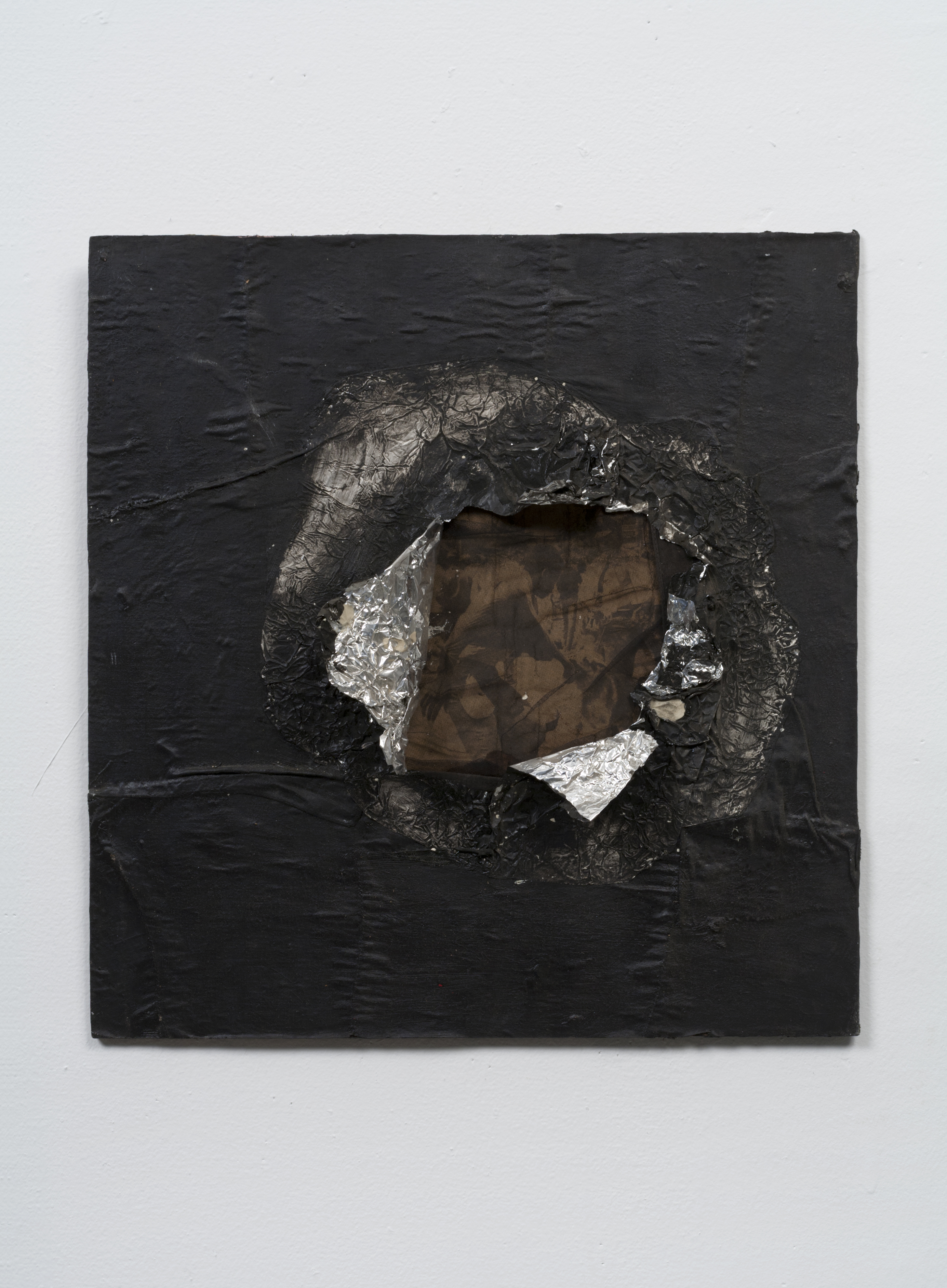
Jack Whitten, Birmingham, 1964. Aluminum foil, newsprint, stocking, and oil on plywood 16 5/8 x 16 in (42.2 x 40.6 cm). Collection Joel Wachs.
W*: Do the works offer a different perspective on grief, showing that it can be a point of resistance, and of strength?
MG: I think Okwui was clearly pointing to the fact that mourning could catalyse participation and as such ignite a form of political transformation. After all, as we have been reminded too many times this past summer, after the killing of George Floyd, the funerary procession resembles a demonstration. We shouldn't forget that Okwui's first major biennial took place in Johannesburg in 1997: as someone born in Nigeria, he had seen how funerals had turned into sites of protests in South Africa during apartheid.
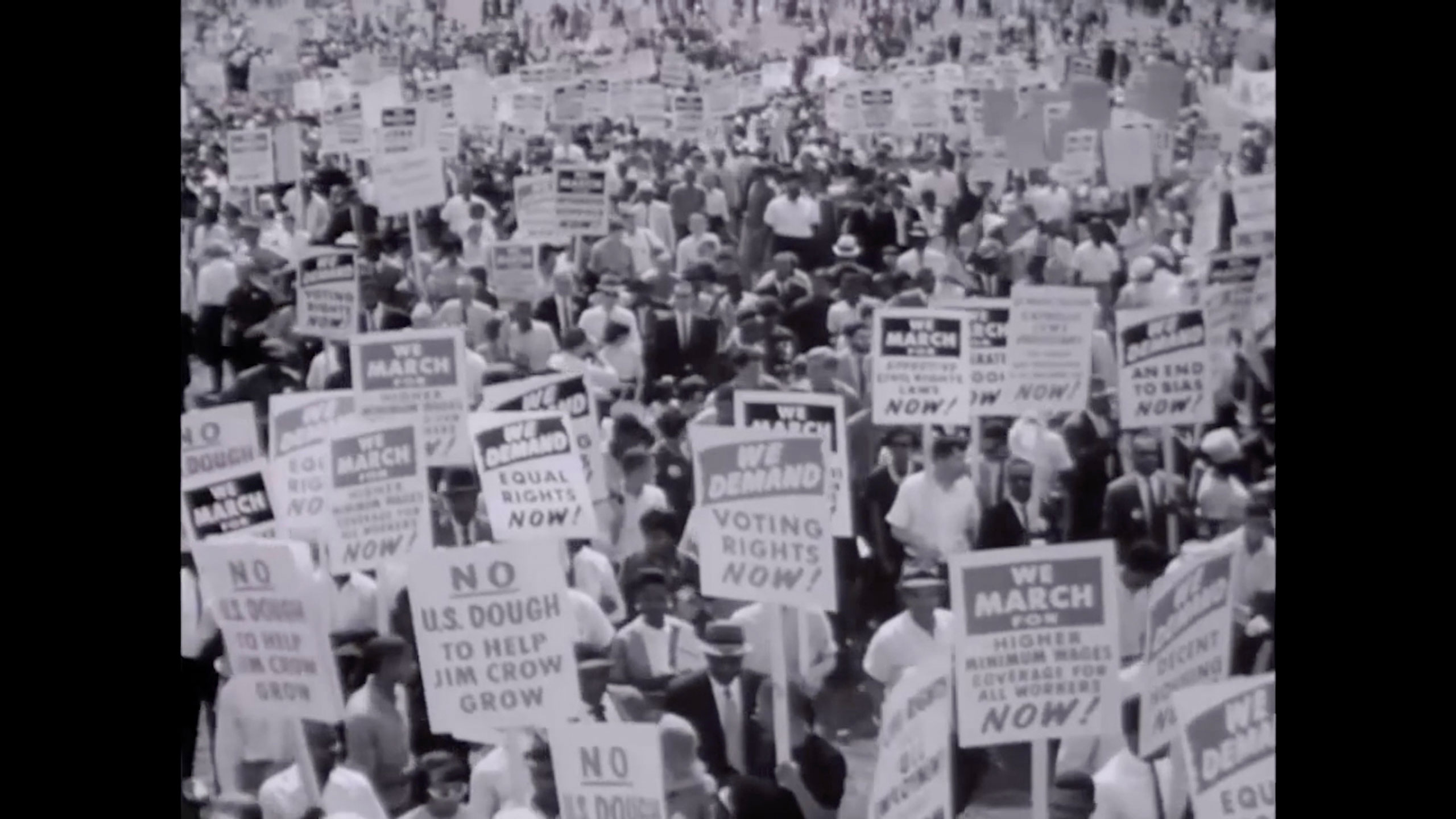
Arthur Jafa, Love Is The Message, The Message Is Death, 2016. Video, sound colour; 7:25 min. Courtesy the artist and Gladstone Gallery, New York and Brussels
In terms of the different perspective on grief, many works in the show use sound and performance and dance, such as the work of Theaster Gates, Arthur Jafa, Rashid Johnson, Kahlil Joseph, Okwui Okpokwasili, Tyshawn Sorey and others. Okwui wanted music and performance to provide a pulsating presence to a show about mortality.
And this way he not only pointed to the tradition that sees blues and jazz as a kind of sublimation of pain, but he also literally gave life to the exhibition by making it full of sound, of bodies moving. In that sense it is not a defeatist show: it is not just about loss and commemoration but also very much about life.
INFORMATION
-
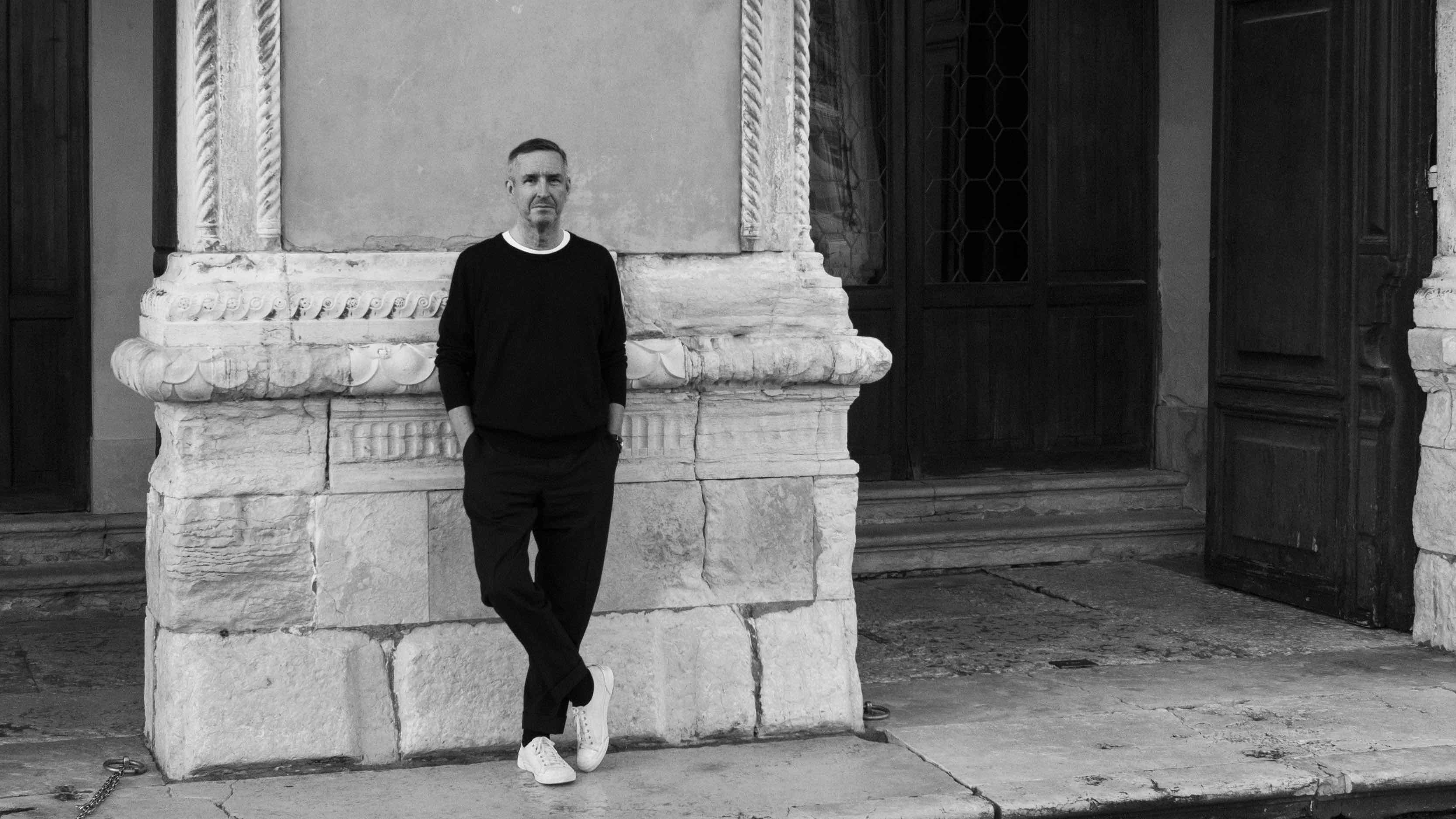 Dries van Noten on why he's building a new home for craft in Venice
Dries van Noten on why he's building a new home for craft in VeniceA year after departing the runway, Dries van Noten unveils his next chapter: the Fondazione Dries Van Noten, a newly announced cultural initiative in Venice celebrating craft in all its forms. Wallpaper meets the designer to find out why he’s not ready to retire.
-
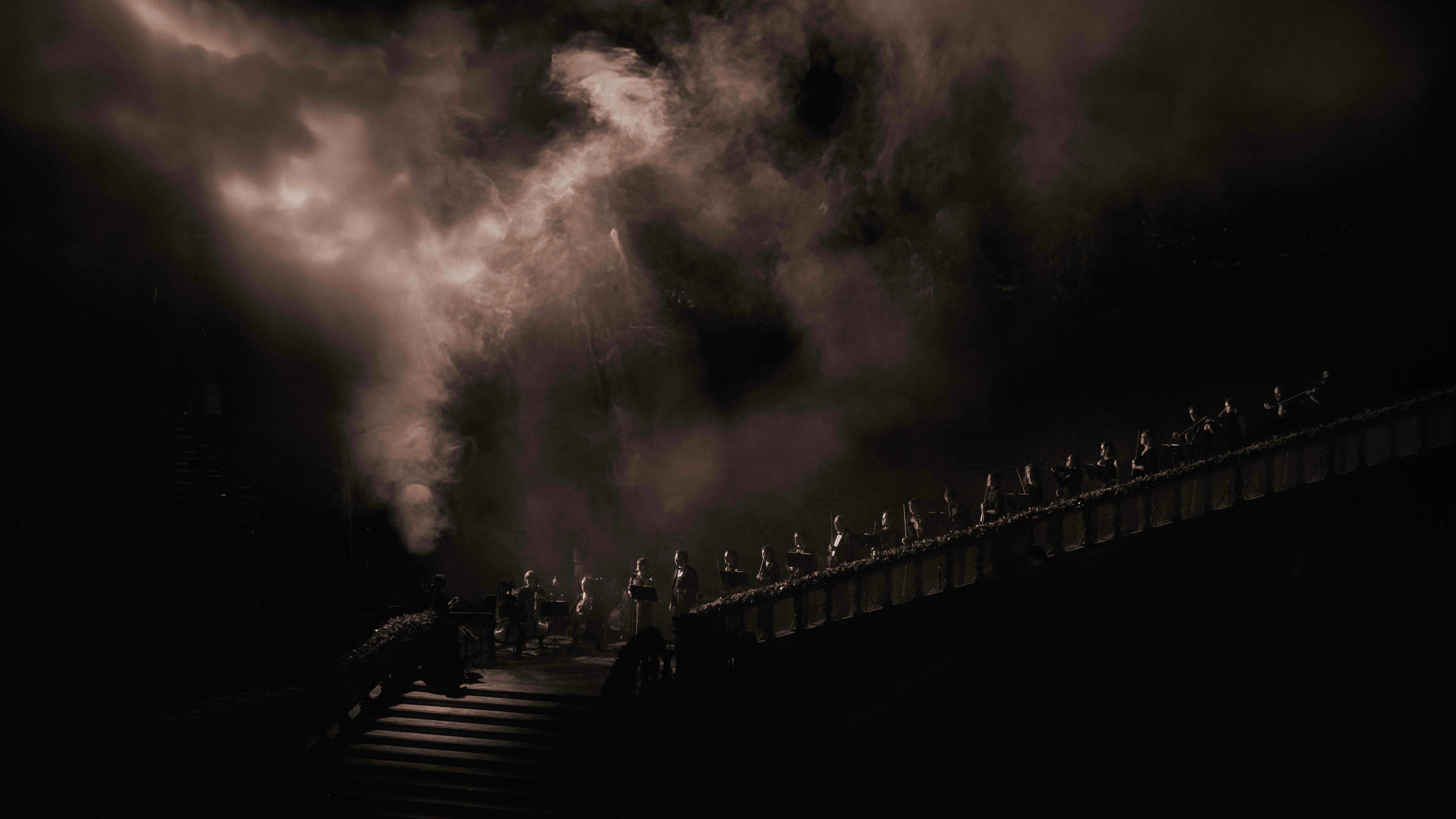 Alexander Wessely turns the Nobel Prize ceremony into a live artwork
Alexander Wessely turns the Nobel Prize ceremony into a live artworkFor the first time, the Nobel Prize banquet has been reimagined as a live artwork. Swedish-Greek artist and scenographer Alexander Wessely speaks to Wallpaper* about creating a three-act meditation on light inside Stockholm City Hall
-
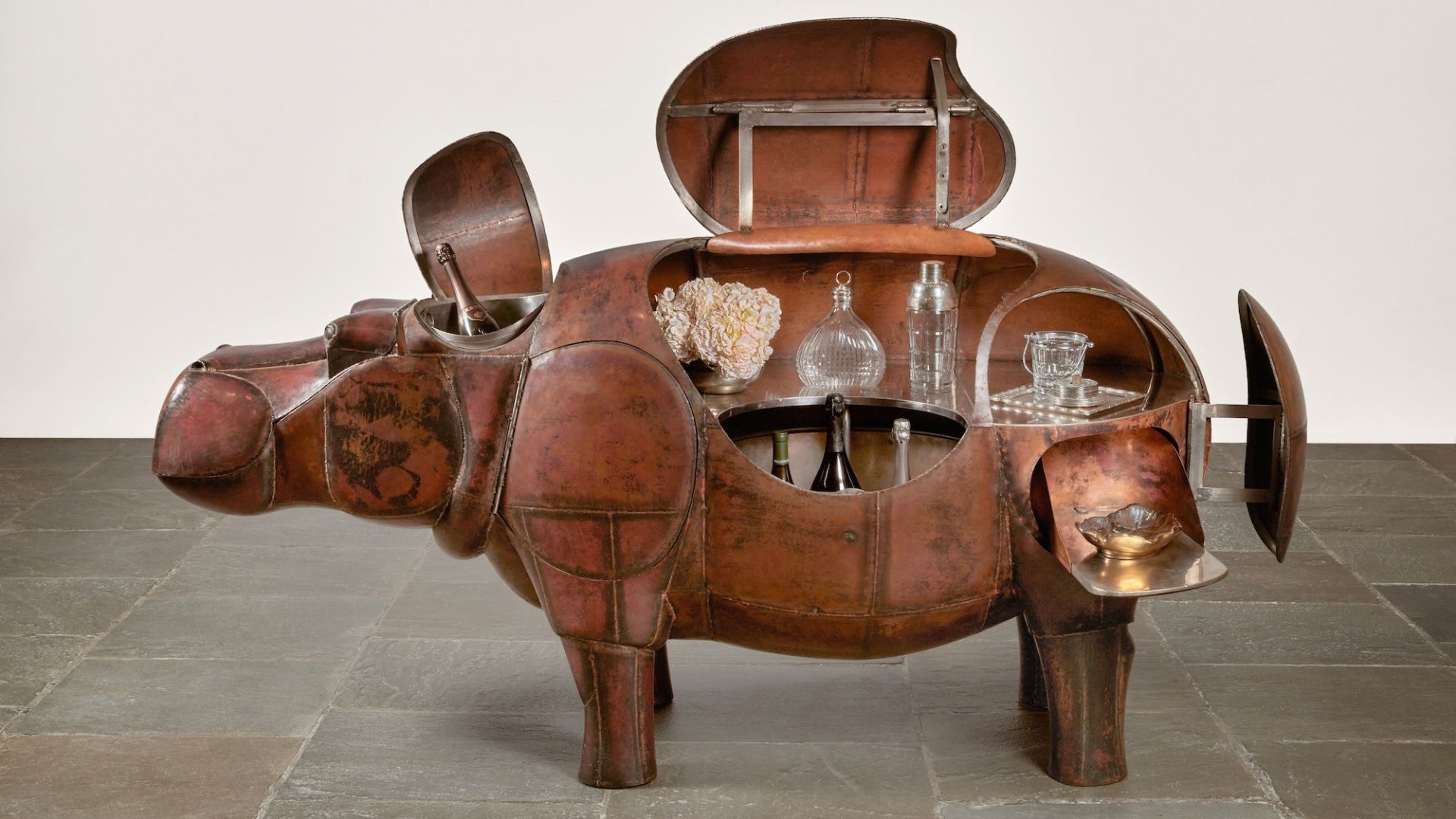 At $31.4 million, this Lalanne hippo just smashed another world auction record at Sotheby’s
At $31.4 million, this Lalanne hippo just smashed another world auction record at Sotheby’sThe jaw-dropping price marked the highest-ever for a work by François-Xavier Lalanne – and for a work of design generally
-
 Nadia Lee Cohen distils a distant American memory into an unflinching new photo book
Nadia Lee Cohen distils a distant American memory into an unflinching new photo book‘Holy Ohio’ documents the British photographer and filmmaker’s personal journey as she reconnects with distant family and her earliest American memories
-
 Ed Ruscha’s foray into chocolate is sweet, smart and very American
Ed Ruscha’s foray into chocolate is sweet, smart and very AmericanArt and chocolate combine deliciously in ‘Made in California’, a project from the artist with andSons Chocolatiers
-
 Jamel Shabazz’s photographs are a love letter to Prospect Park
Jamel Shabazz’s photographs are a love letter to Prospect ParkIn a new book, ‘Prospect Park: Photographs of a Brooklyn Oasis, 1980 to 2025’, Jamel Shabazz discovers a warmer side of human nature
-
 The Hammer Museum in Los Angeles launches the seventh iteration of its highly anticipated artist biennial
The Hammer Museum in Los Angeles launches the seventh iteration of its highly anticipated artist biennialOne of the gallery's flagship exhibitions, Made in LA showcases the breadth and depth of the city's contemporary art scene
-
 Thomas Prior’s photography captures the uncanny fragility of American life
Thomas Prior’s photography captures the uncanny fragility of American lifeA new book unites two decades of the photographer’s piercing, uneasy work
-
 Central Park’s revitalised Delacorte Theater gears up for a new future
Central Park’s revitalised Delacorte Theater gears up for a new futureEnnead Architects helmed an ambitious renovation process that has given the New York City cultural landmark a vibrant and more accessible future
-
 Stephen Prina borrows from pop, classical and modern music: now MoMA pays tribute to his performance work
Stephen Prina borrows from pop, classical and modern music: now MoMA pays tribute to his performance work‘Stephen Prina: A Lick and a Promise’ recalls the artist, musician, and composer’s performances, and is presented throughout MoMA. Prina tells us more
-
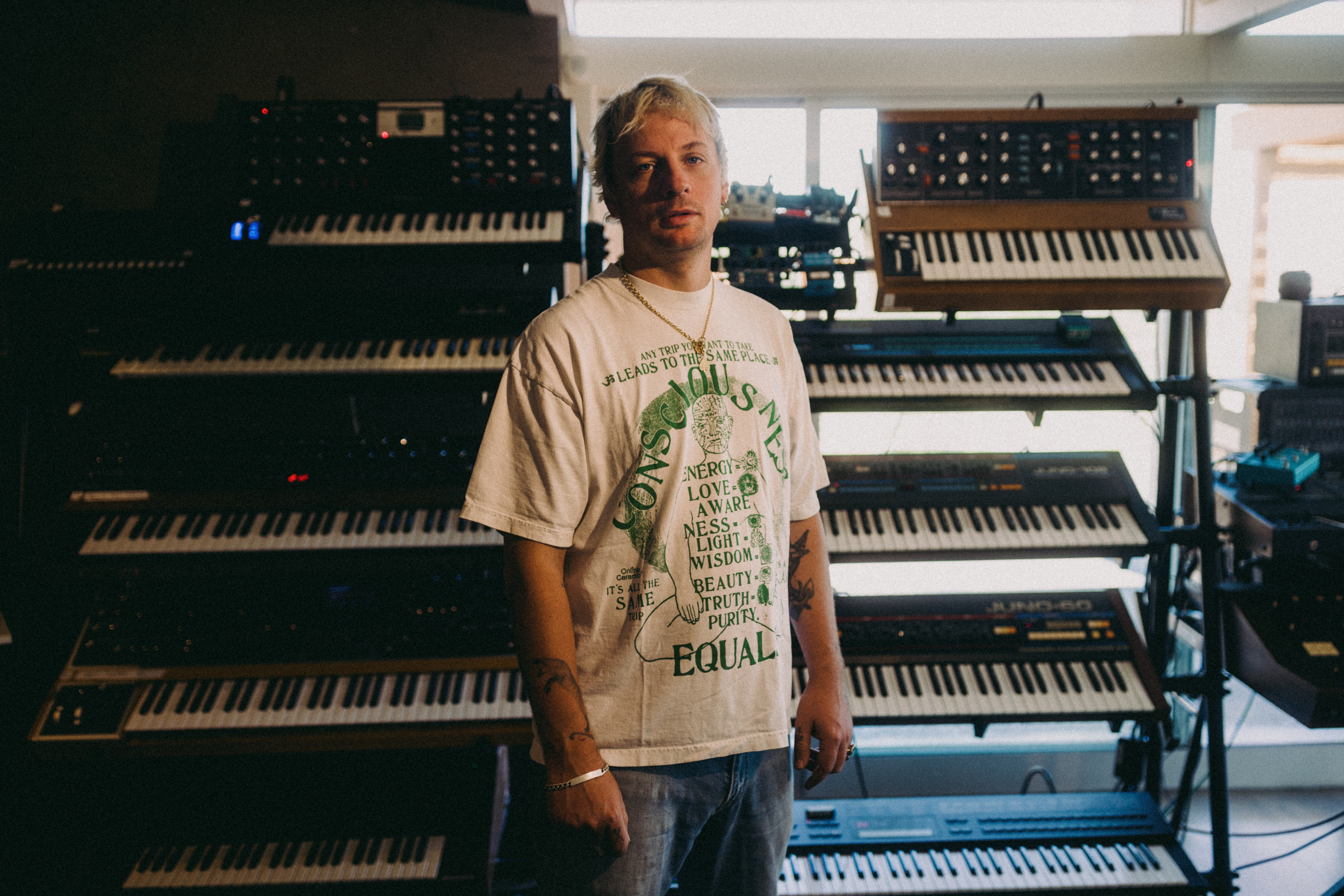 Curtains up, Kid Harpoon rethinks the sound of Broadway production ‘Art’
Curtains up, Kid Harpoon rethinks the sound of Broadway production ‘Art’He’s crafted hits with Harry Styles and Miley Cyrus; now songwriter and producer Kid Harpoon (aka Tom Hull) tells us about composing the music for the new, all-star Broadway revival of Yasmina Reza’s play ‘Art’